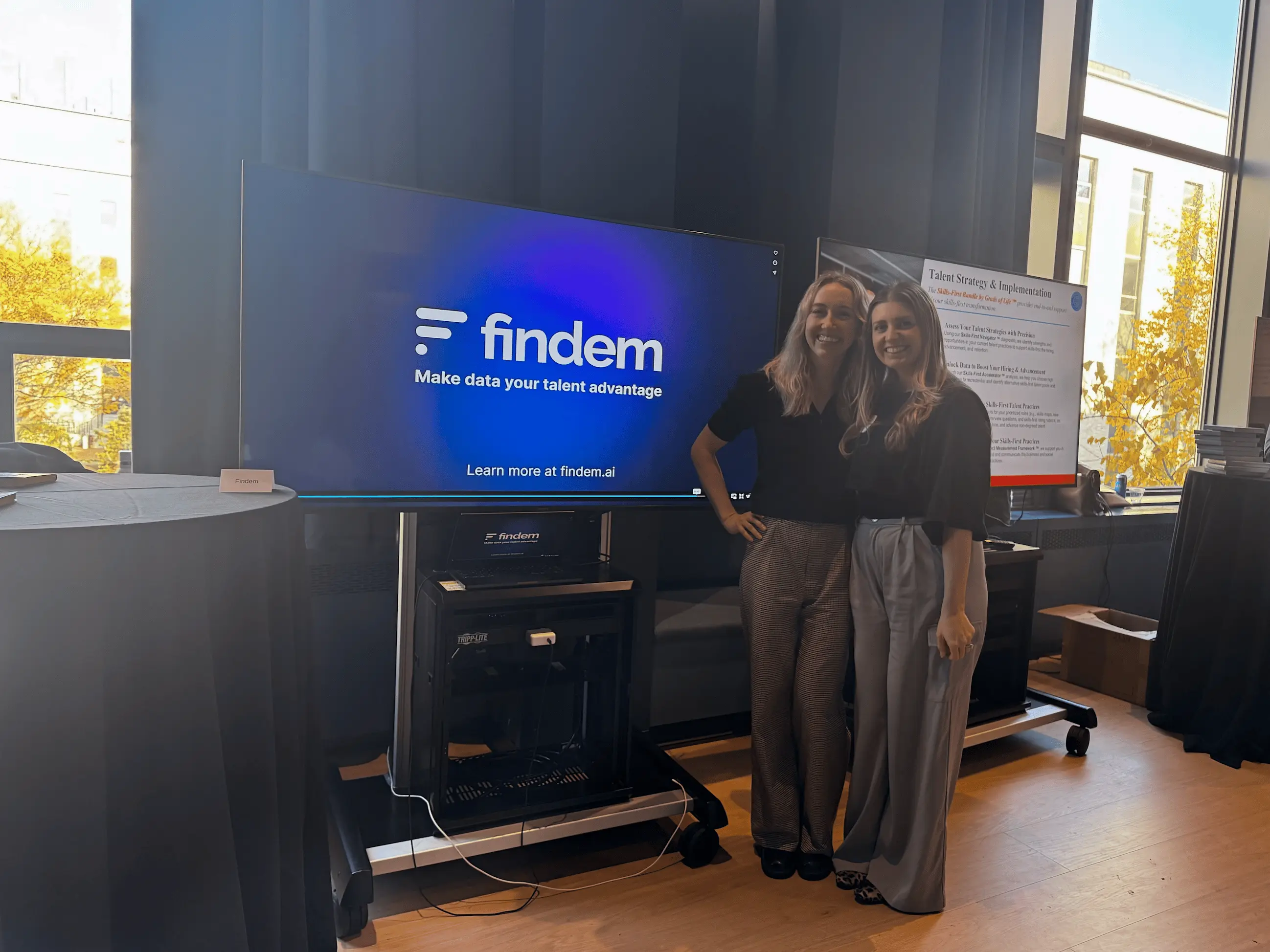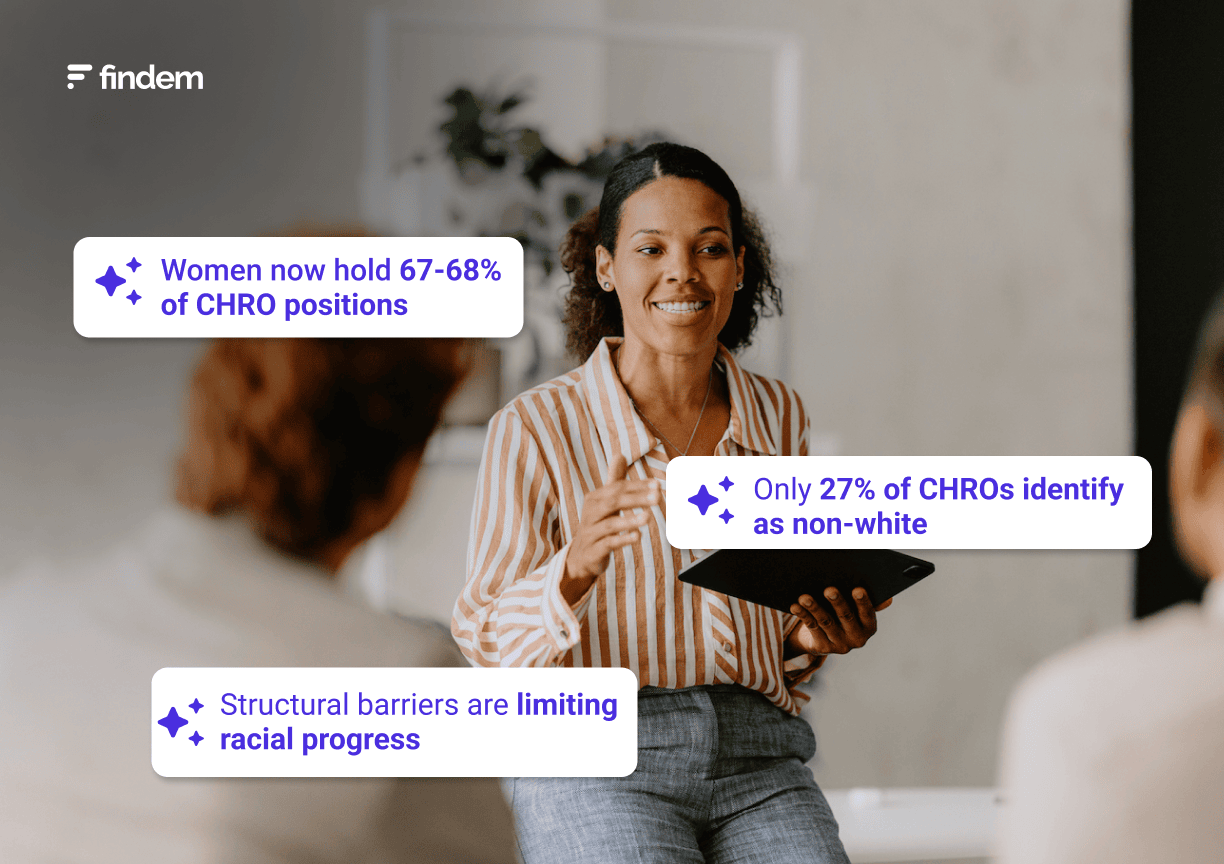.svg)
From turbulent markets to tariffs: Why government affairs is a strategic hire
.svg)

Findem’s market intelligence unlocks labor market insights from the world’s largest, multidimensional talent dataset.
As policy swings become more extreme and less predictable, companies are being forced to treat government affairs as core strategy, not peripheral function. Thousands of federal employees are now former employees. The stock market creeps up, dips, and rebounds, then does it all over again. Tariffs take effect before they’re replaced with new policies.
Regulatory whiplash has pushed leading companies to rethink how they engage with the government and manage risk. The focus has shifted from reacting to regulation to anticipating it — and finding leaders who can do both.
Chief Government Affairs Officers (CGAOs) have secured their place as a cornerstone of modern executive strategy in the Fortune 500 C-Suite. With deep expertise in diplomacy, policy, and risk management, they help steer organizations through complex political, economic, and reputational challenges.
Our latest analysis of 3D data from the Findem platform examines trends in these government affairs roles, from hiring momentum to industry concentration. The findings offer a deeper look into how this shift is unfolding.
Finding #1: A post-election hiring surge signals strategic urgency
Lobbyists, crisis managers, data analysts, and strategists. These roles make up a handful of the skills CGAOs need to be successful. Bryce Harlow, previously a political advisor and speechwriter for President Eisenhower, was hired by P&G in 1961 to open its first first governmental relations office in Washington, D.C. office — a radical move at the time. His role was not simply lobbying for favorable policies, but to cover a range of evolving needs, such as:
- Building long-term relationships with lawmakers and federal agencies
- Monitoring legislative trends and interpreting their implications for P&G
- Advising corporate leadership on aligning business strategy with regulatory shifts
- Shaping what would later be called “corporate public affairs” or “government relations”
The post-WWII federal government was rapidly growing in influence over business, from product safety to labor laws to advertising standards. P&G’s leadership recognized the need for dedicated, strategic oversight of regulatory risk and political opportunity. This role has evolved over the past 50 years and become magnified in just the last 8 months.
Since the November 2024 election, 14% of all CGAOs at Fortune 500 companies have been newly hired. This sharp uptick aligns closely with the recent governmental upheaval, reflecting a growing understanding that organizations need the proper leadership to manage an uncertain future.
Our data also reveals that the average CGAO has a 4.2-year tenure, mirroring the 4-year U.S. presidential term. And 44% of these leaders were promoted from within, suggesting proactive efforts by companies to maintain policy continuity and institutional memory across election cycles.
Finding #2: Industries with the most to lose are leading CGAO hiring
Government affairs roles are highly concentrated in industries with the most to lose (or gain) from policy changes. These sectors account for 63% of all Fortune 500 CGAO roles:
- Technology
- Healthcare
- Consumer Goods
- Financial Services
Technology giants like Meta join a growing number of defendants in the middle of AI-focused lawsuits. Consumer companies like Starbucks are seeking ways to align with the administration’s health policies. The country’s largest banks and financial institutions are contemplating sweeping changes in the form of mergers and acquisitions.
Industries at the center of institutional change are the most active and motivated in hiring CGAOs to steer business relations.
Finding #3: CGAOs have diverse backgrounds, rooted in policy work
Today’s CGAO rarely holds a title that cleanly fits in one box. In fact, 1 in 4 CGAOs has held a government or policy role in at least one of their three most recent jobs. That number is expected to grow as public-sector veterans displaced by federal downsizing make their way into the private sector.
In highly regulated industries such as healthcare, energy, and finance, “policy,” “legal,” “compliance,” and “risk” are often part of people’s titles. So is the phrase “regulatory affairs.” All of these are often hybrid roles incorporating legal, public affairs, or policy due to overlapping stakeholder management.
Examples:
- CVS Health: EVP, Chief Policy Officer and General Counsel
- Pfizer: Chief Counsel, Corporate Affairs, Policy and Privacy
- ExxonMobil: Vice President of Public and Government Affairs
In technology and adjacent sectors, there's an emphasis on innovation, privacy, or global strategy in people’s titles.
Examples:
- Intel: Chief Government Affairs Officer
- Meta: Chief Global Affairs Officer
- Oracle: Chief Architect, Open Source Policy, Strategy, Compliance & Alliances
Consumer-facing and manufacturing companies emphasize corporate reputation, public trust, and stakeholder engagement.
Examples:
- Mondelēz: Chief Corporate & Government Affairs Officer
- Nike: VP, Chief Government and Public Affairs & Public Policy Officer
- Kellanova: SVP, Chief Global Corporate Affairs Officer
Finding #4. Roles adapt based on a company’s growth (or decline)
CGAO priorities shift dramatically based on where a company sits on the growth curve:

As companies move from reactive to proactive stances, CGAOs are pivoting from defense to offense to engage regulators, influence trade policy, and open doors to new markets.
Finding #5. Technological advancements will shape the future of government affairs
Like every industry, government affairs, government relations, and public policy are not immune to the effects of artificial intelligence.
John Bersentes is a longtime Washington, D.C.-area executive for companies that work with the federal government. He has been monitoring the use of Perplexity, Elastic, and other tools in the public-policy field and considering who they will affect the job market in government affairs.
“AI for regulatory, rule making, grants and acquisitions, talent and knowledge management, and streamlining processes represent the holy grail for organizations, both in the commercial and public sector,” Bersentes says. “You may see an increase in productivity by up to 70% in some of these public-policy roles.”
But these tools will, he says, “require new thinking" for leaders in the C-suite. "There are concerns about the validity of generative AI content as well as security concerns to navigate before we see this type of increase being adapted for things like urgent crisis communications,” he adds.
Turn insights into action for your next leadership hire
For companies in the Fortune 500 (and even those in the private sector), the implications are clear: the CGAO isn’t just a nice-to-have role. It’s critical to navigating the complex economic, political, and reputational challenges presented by the current policy climate. Here’s how teams can start their own search:
- Pipeline strategy: Build from within while scouting public-sector talent now entering the market.
- Title signals: Look beyond “government affairs” and seek hybrid legal-policy leaders.
- Strategic timing: Align hiring and succession planning with electoral cycles.
- AI adoption: Support leaders with tools that enhance insight, not risk.
Want to understand what this trend looks like in your industry? Request a demo of Findem to see our 3D data and insights in action.










